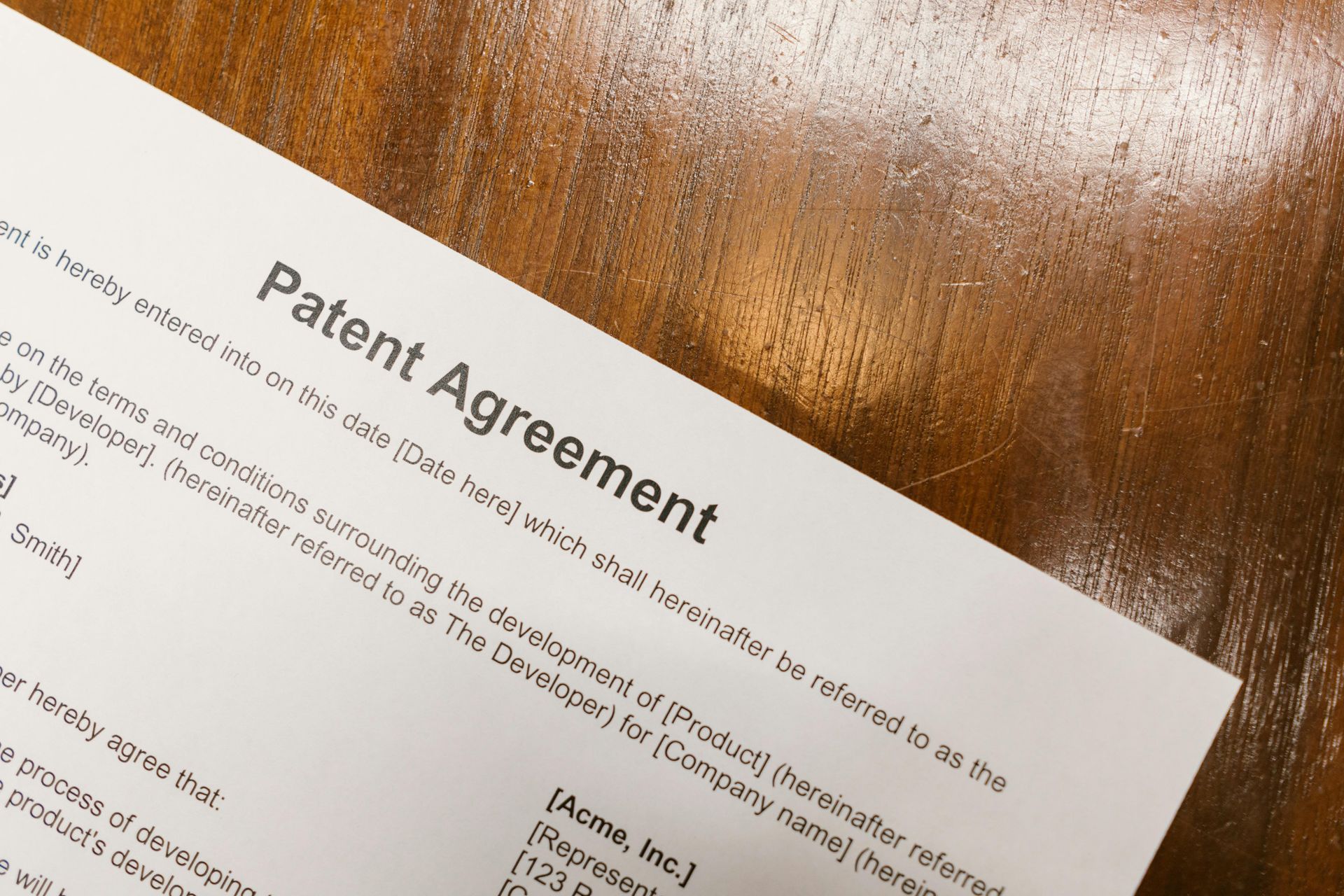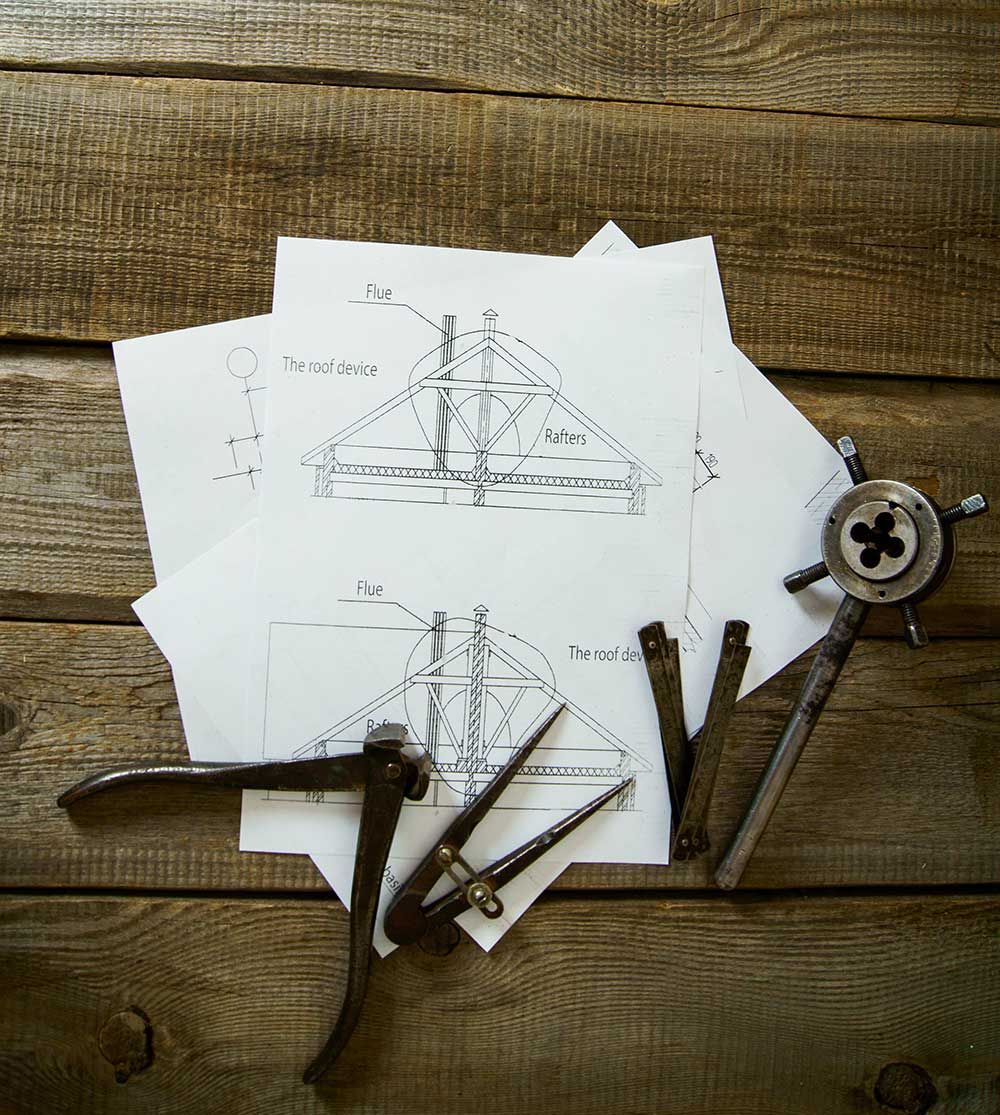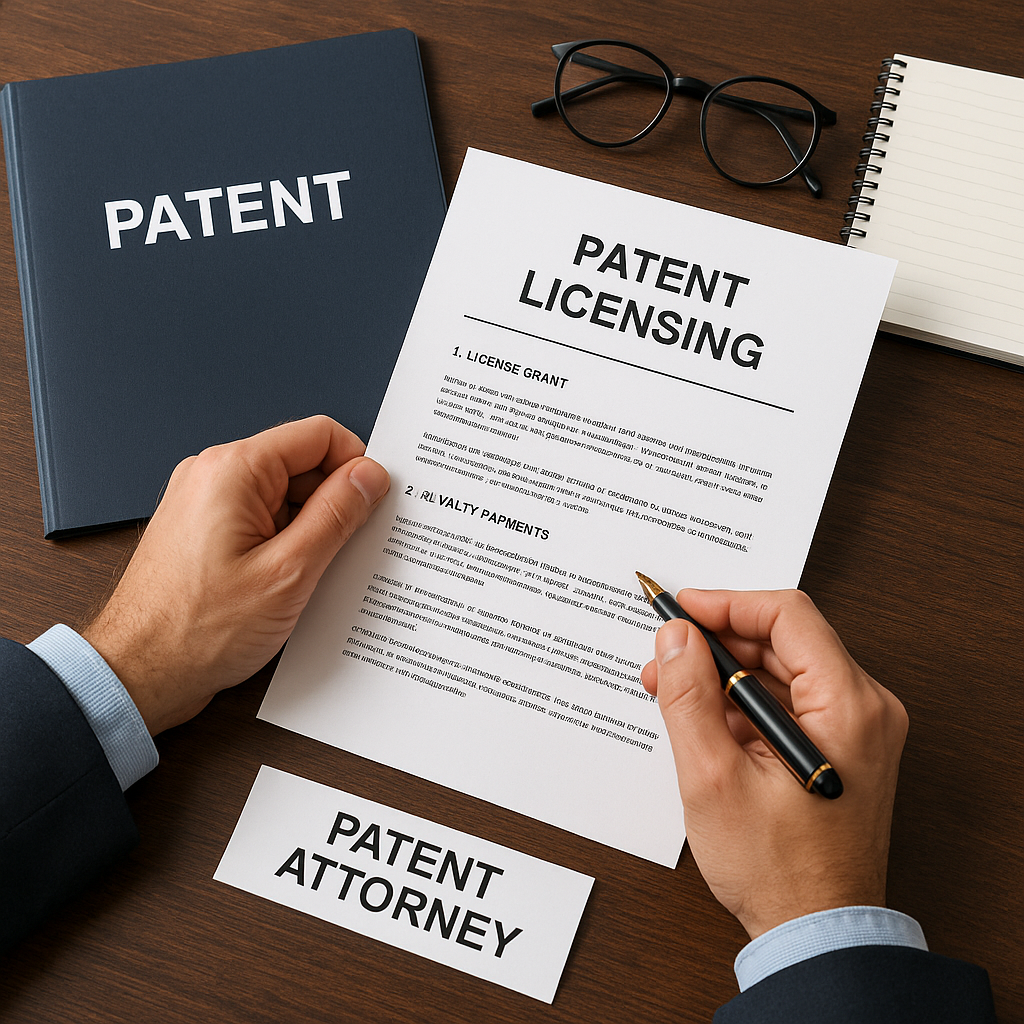What Do Patent Attorneys Do? A Manufacturer’s Guide to Protection and Speed
Your team builds new parts and tools, then rivals copy them fast. If you’ve ever asked, “ what do patent attorneys do ,” here’s the short answer: a patent attorney is a lawyer trained in both patent law and technology, leveraging technical knowledge to protect inventions through patents and related agreements. This guide is for medical device, auto parts, construction tools, mobility equipment, and defense manufacturers. You’ll get clear answers on day-to-day work, the patent process, costs, timelines, and how to choose the right partner for invention protection.
If you want a quick primer on the role, this overview of a patent attorney and what they do helps set the stage.
What do patent attorneys do for manufacturers, day to day?
Patent attorneys turn engineering ideas into enforceable rights that support faster launches and safer decisions.
- Meet with engineers and product managers to learn how the invention works, leading to faster scoping and fewer redesigns.
- Run patent searches and give patentability opinions, so you avoid wasting budget and pick the right claim focus.
- Draft strong patent applications with clear claims, drawings, and support, making it harder for rivals to design around your product.
- File with the USPTO, manage deadlines, and choose the right filing path (provisional, non-provisional, PCT), so timing aligns with launches and trade shows.
- Handle office actions and argue for allowance during patent prosecution, using claim strategy, amendments, and examiner interviews with patent examiners to move the case forward.
- Advise on freedom to operate opinions and competitive risks, reducing patent infringement risk before you commit to tooling.
- Support patent licensing, joint development, and supplier agreements, turning patents into revenue or leverage in negotiations. For deeper insight, see this guide on legal help for patent licensing.
- Enforce and defend rights when needed, from cease-and-desist letters to negotiation and litigation strategy.
These steps protect margin, speed up launches, and grow the long-term value of your intellectual property through effective patent portfolio management.
Translate complex tech into strong, enforceable claims
Engineers think in features and performance. Patents work in legal elements and claim scope. When drafting patents, a patent attorney maps your features to claim language that blocks near copies without boxing you in.
Example: you develop a hammer drill with a new locking mechanism that resists vibration. The feature becomes claim elements like “a housing,” “a locking member,” “a biasing element,” and “a vibration-damping interface configured to maintain engagement under cyclical loads.” That phrasing ties the function to structure, builds proof into the file, and makes quick tweaks by rivals still infringe.
Search the landscape and advise go or no-go
A prior art search scans patents, published applications, and articles. The goal is to spot close references, not to guarantee novelty. Results guide your next moves with smart patent strategy: adjust the design, focus claims on what is truly new, or plan a continuation later to capture variants.
Good searches reduce risk, shape claim strategy, and stop wasted spend. They also uncover white space you can target to widen your moat. For a manufacturing-focused view of how firms support these efforts, this page on patent support for manufacturing provides useful context.
Work through the USPTO and secure allowance
During examination, the USPTO may reject claims for lack of novelty or obviousness. Your patent attorney crafts responses, holds examiner interviews, and adjusts claim scope without giving up core value. Data helps. Prototypes, wear testing, torque curves, and clinical results can tip the scales by showing real-world differences. If needed, they file a Request for Continued Examination or appeal, all while keeping the record clean for later enforcement.
The patent process with an attorney, step by step
Here is a simple path from idea to granted patent, designed for speed, cost control, and lower risk, while navigating the essentials of patent law.
Invention disclosure and scoping session
Bring CAD files, drawings, test data, problem-solution notes, photos, and any competitor references. The scoping session nails down the true inventive step, plus backup embodiments. Keep lab notebooks and dates. Record who did what and when. These details support inventorship and can boost credibility during examination.
Prior art search and patentability opinion
Your team can choose a quick landscape scan to spot obvious issues or a deeper search with classifications and non-patent literature for novel inventions. The written opinion covers likely patentable features, recommended claim angles, and risk flags. It feeds your patent strategy by showing where to invest, what to file first, and what to hold for later filings.
Drafting claims, drawings, and the specification
Independent claims set the broad core. Dependent claims add useful detail that can save the case if the broad claim gets rejected. Drawings make complex parts, assemblies, and methods easy to follow. Include versions on your roadmap, such as alternate materials, battery formats, or locking geometries. Clear support in the spec makes later amendments smoother. This phase is key to draft and file patents effectively, ensuring the patent application meets all requirements.
Choosing the right filing path: provisional, non-provisional, PCT
- Provisional: fast, lower cost, and sets an early date. Good before a trade show or pilot run. You must follow with a non-provisional within 12 months.
- Non-provisional: starts examination. Use when the design is stable and you want momentum toward allowance.
- PCT: keeps global options open for up to 30 to 31 months. Useful when sales or supply chains will cross borders.
Tie your choice to launch timing, marketing plans, investor pressure, and budget. For hands-on help, Milano IP’s page on comprehensive patent protection explains how these paths fit different goals.
Prosecution to grant and life after grant
Expect at least one office action from the USPTO. Your attorney will respond to office actions, may interview the examiner, and may file an RCE if more work is needed. Appeals are available when the record supports it, especially for non-obvious inventions facing rejection. After grant, track maintenance fees, consider continuation filings to broaden coverage of your intellectual property, and look at design patents to protect look and feel. Use your patents in licensing, channel deals, and supplier contracts.
Industry-specific playbooks: examples that shape strategy
Medical devices: safety, clinical data, and layered protection
Use both method-of-use and device claims. Cover biocompatible materials, sensors, and software controls where applicable. Time filings with FDA milestones so your public disclosures do not undercut rights. Keep trade secrets for manufacturing steps that are hard to reverse engineer, like sterilization cycles or coating recipes, as part of layered intellectual property protection.
Auto parts: supplier relationships and design-around risk
OEM contracts and the aftermarket both matter. Claim interfaces and mounting points to enforce patent rights so replacement parts still commit patent infringement if they fit and function the same. Use lifespan, wear, or efficiency data to support non-obviousness. Think about supply chain agreements that require IP notice and proper marking.
Construction tools: durability, safety, and user features
Claim the function, then back it up with details that matter in the field, like locking mechanisms, torque control, dust collection, battery systems, and ergonomics. Pair utility patents for function with design patents for appearance to cover crowded categories.
Wheelchairs and mobility: modular parts and adjustability
Focus on modules and assemblies, such as adjustable frames, quick-release hubs, suspension units, and control systems. Claim how modules connect and adjust. This protects upgrade kits and accessories that drive high-margin revenue.
Defense products: export rules and government rights
Flag ITAR and EAR early under relevant patent law. Watch for government funding clauses that grant certain rights to the government. Use filing sequences that respect secrecy and request foreign filing licenses when required. Mark properly to preserve damages.
Costs, timelines, and how to choose the right patent attorney
What it costs and how to budget
Plan for these buckets:
- Search and patentability opinions
- Drafting and drawings
- Filing fees
- Patent prosecution responses
- Foreign filings and translations
Use phased budgets. Gate decisions after the search and after the first office action. Spend more where value is highest, such as claims that cover multiple SKUs or key customer bids.
Timeline from idea to grant
The path often looks like this: disclosure, search, drafting, filing, waiting for office actions, responses, allowance, then grant. High-quality drafting and thoughtful examiner interviews can speed allowance. Build the timeline around your launch and supplier commitments.
How to choose a firm with manufacturing know-how
Look for:
- Experience in your sector and proof of allowed claims
- Ability to explain claim scope in plain English
- Clear communication and fast turnaround
- Fixed-fee options when possible
- A workable plan for global rights and staged filings
If you want a broader overview of the profession, this guide on what patent lawyers do and how to become one provides helpful background.
Patent attorney vs patent agent: which do you need?
Both can draft and prosecute before the USPTO. Patent attorneys hold a JD degree, have passed the state bar exam, and cleared the patent bar exam, allowing them to advise on contracts, licensing, disputes, and litigation strategy. Patent agents typically have an engineering degree or science background and have passed the patent bar exam twice in their careers (initially and for maintenance), making them a good fit for focused drafting and prosecution work. Many teams use a blend, with a patent attorney leading strategy and a patent agent supporting technical drafting.
Common mistakes to avoid
- Public disclosure before filing
- Under-disclosing variations and future versions
- Weak or missing drawings
- Skipping a search
- Ignoring freedom to operate
- Claims that do not match business goals
- Waiting too long for international filings
Conclusion
So, what does a patent attorney do? They turn your engineering wins into intellectual property , guide smart filing choices, and push for allowance, all while reducing risk, like avoiding costly patent litigation, on the path to launch. For manufacturers, that means faster releases with fewer surprises, stronger protection against copycats, and better leverage through patent licensing with customers and suppliers. Ready to map your next product to a patent plan that fits your budget and timeline? Get started now, and remember, early action protects rights.
Get a Free Case Evaluation




